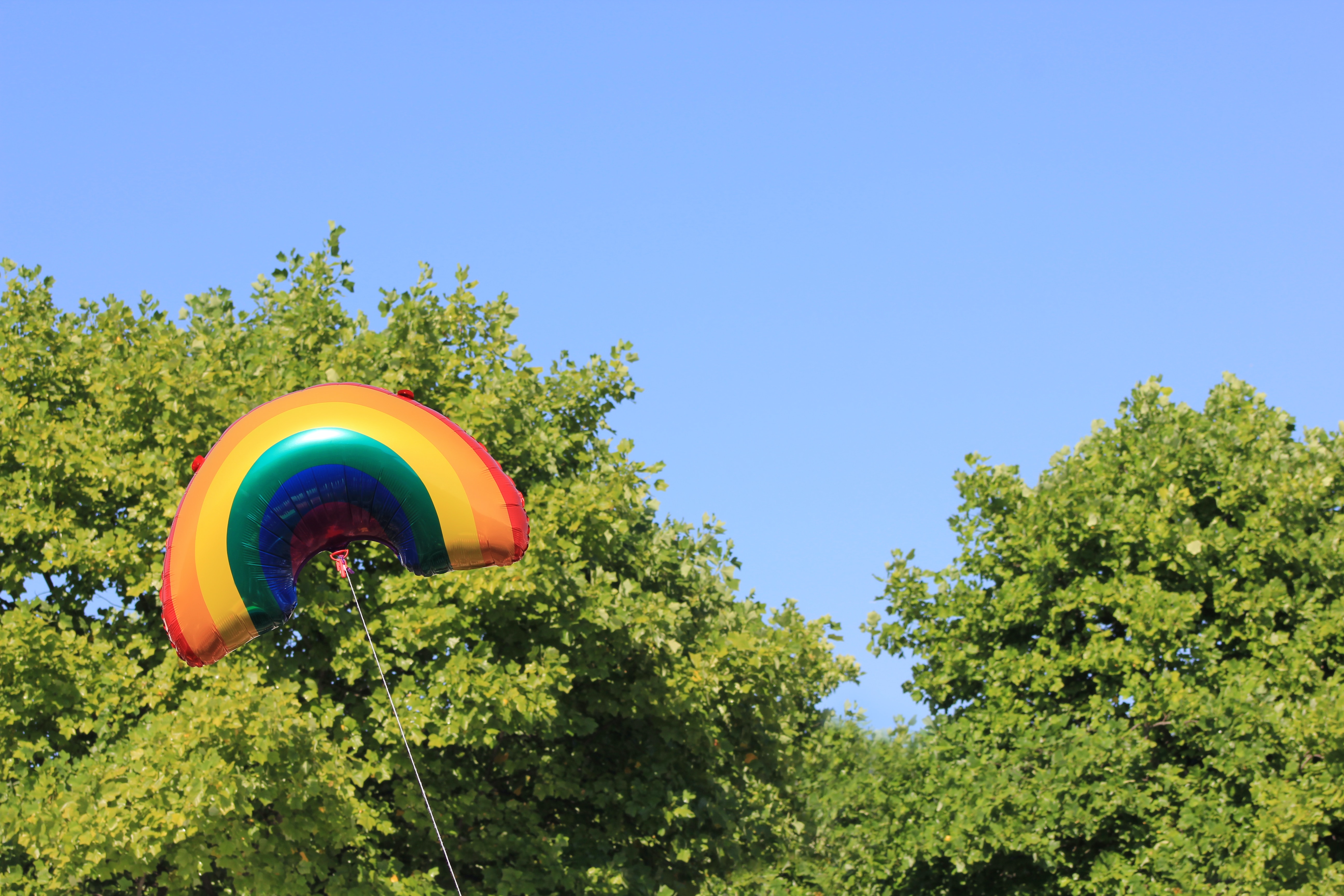
Pride month is one of my favourite times of the year, thanks to the amazing events organisations such as Northern Pride and Curious Arts host here in Newcastle-Upon-Tyne, the hometown of Creative Communities. Although I don’t identify as LGBTQIA+, it’s important for me to be an ally to the LGBTQIA+ community. The role of ally doesn’t just mean parties and celebrations: it also means recognition of the long struggle for equality that has brought us to where we are today, and that still continues for many. Being an ally means listening, learning, showing your support, and uplifting the marginalised voices of those with experience. This ethos aligns closely with that of our Creative Communities programme, which aims to develop a more diverse, inclusive, and accessible research ecosystem to empower communities across the UK.
One of the case studies featured in our Creative Communities initial report By All, For All: The Power of Partnership details the hidden LGBT+ histories of the city of Bristol, from the 16th Century act that could mean the death penalty for gay men, to the founding of the city’s first Pride event in 1977, and beyond. The AHRC-funded project Mapping LGBT+ Bristol combined details from historical records with the oral testimony of contemporary Bristol residents to co-create a map that tells us (some of) the story of LGBT+ history in Bristol, providing a rich, and at times complicated, insight into Bristol’s LGBT+ communities over the decades. Uniting the work of LGBT+ communities, volunteers, researchers and organisations, project partners came together to share knowledge, develop skills, and sought out collaborators to co-produce a variety of resources, including a story map and a detailed timeline that acts as a living, growing archive of LGBT+ Bristol.
The Mapping LGBT+ Bristol project timeline begins in 1533, with the introduction of an act under the reign of Henry VIII that could have homosexual men charged with sodomy. If convicted, the accused would be sentenced to death by hanging. The act remained in force from 1560 until 1861 (although the final hanging sentence in Bristol was in 1781, and the last in Britain was 1836). Drawing on Rictor Norton’s research into homosexuality in 18th Century England, examples of newspaper stories and criminal convictions help to piece together some details of these early hidden histories, public reaction as documented by print media of the time, as well as shocking punishments.
After the repeal of the death sentence in 1861, the timeline charts the fight for liberation in the 19th and 20th Century from the Criminal Law Amendment Act, which made homosexual acts between men illegal. Landmark events in Bristol include the opening of the Radnor Hotel, Bristol’s first gay pub, and the world’s first complete transgender surgery at Bristol Royal Infirmary in 1943. With the passing of the Sexual Offences Act in 1967, male homosexual relations were partially decriminalised in England and Wales. With this came a proliferation of Bristol-based LGBT+ spaces and networks, including the founding of the Bristol branch of Committee for Homosexual Equality (CHE), the Bath Gay Awareness Group, the Bristol Gay Switchboard, and Bristol’s first Pride event which was held in 1977 as a fundraiser for the Gay News blasphemy trial.
Archival resources demonstrate the importance of collective action within Bristol’s LGBT+ community over the years. The development of the Bristol Gay Centre, home of the Bristol Gay Switchboard, relied heavily on the community to donate their money, furniture, time, and skills to help bring it to life in 1978. But the most powerful aspect of Mapping LGBT+ Bristol’s archive are the voices sharing their stories. Mike O’Callaghan recalls the training necessary to handle some of the difficult calls they would take while working on the Bristol Gay Switchboard, and the change they saw as attitudes towards LGBT+ community changed and the internet became a greater resource in the 13 years of working there.
Charlie Beaton reflects on the difference in publicising Pride events now compared to in the 1970s, when organisers felt they had to be more discrete in order to protect the safety of those attending. Archiving and making these stories available through the Mapping LGBT+ Bristol project gives us all a chance to listen and learn, by uplifting the voices of these key community members. It helps us to not take for granted the Pride that we celebrate today, and – crucially – it guides us to some of the vital tools that we can draw on to continue to make positive change for the future. By continuing to invest in collaboratively compiled living archives such as this, we share knowledge, build understanding, and provide resources that can support communities for the future. As the motto of Northern Pride 2022 reminds us all in Pride 2023: Remember, Resist, Rise Up.
You can find the OutStories map of Bristol’s LGBT+ history, and even contribute yourself, by visiting their website. More information about Dr Lauren Baker Mitchell and her current work is on team profiles.
Brought to you by


